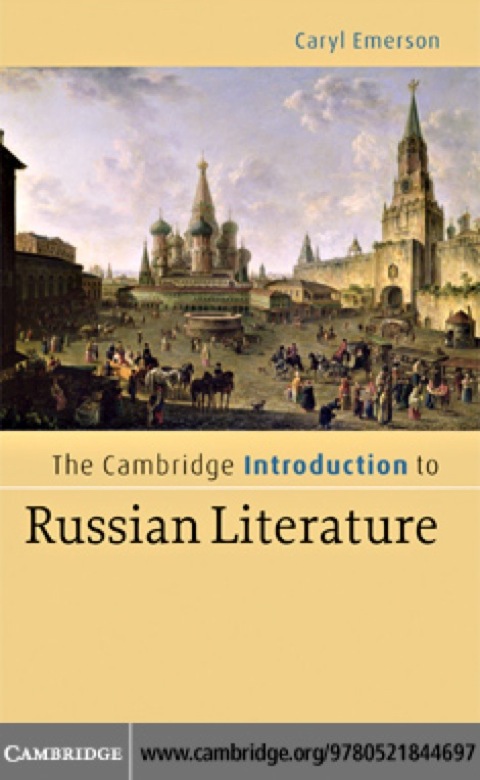Description
Efnisyfirlit
- Half-title
- Series-title
- Title
- Copyright
- Contents
- Illustrations
- Acknowledgments
- Introduction
- Chapter 1: Critical models, committed readers, and three Russian Ideas
- Literary critics and their public goods
- Three Russian Ideas
- The socially marked, quasi-sacred Word
- Russian space: never-ending, absorptive, unfree
- A family of human faces
- Chapter 2: Heroes and their plots
- Righteous persons [pravednik (m.) / pravednitsa (f.)]
- Fools
- Frontiersmen
- Rogues and villains
- Society’s misfits in the European style
- The heroes we might yet see, and what lies ahead
- Chapter 3: Traditional narratives
- Saints’ lives: sacrificial, holy-foolish, administrative, warrior
- Folk tales (Baba Yaga, Koshchey the Deathless)
- Hybrids: folk epic and Faust tale
- Miracle, magic, law
- Chapter 4: Western eyes on Russian realities: the eighteenth century
- Neoclassical comedy, Gallomania, cruelty: art instructs life
- Chulkov’s Martona: life instructs art
- Karamzin’s “Poor Liza”
- Chapter 5: The astonishing nineteenth century: Romanticisms
- Pushkin and honor (its reciprocity, roundedness, and balance)
- Duels
- Gogol and embarrassment (its linearity, lopsidedness, evasiveness)
- Pretendership (two authors, two plays, two novels)
- Chapter 6: Realisms: Dostoevsky, Tolstoy, Chekhov
- Biographies of events, and biographies that are quests for the Word
- Time-spaces (Dostoevsky and Tolstoy)
- Dostoevsky and books
- Tolstoy and doing without words
- Poets and novelists (Dostoevsky and Nekrasov)
- Anton Chekhov: lesser expectations, smaller forms
- Chapter 7: Symbolist and Modernist world-building: three cities, three novels, and the Devil
- The fin de siecle:` Solovyov, Nietzsche, Einstein, Pavlov’s dogs, political terrorism
- Modernist time-spaces and their modes of disruption
- City myths: Petersburg, Moscow, OneState
- Chapter 8: The Stalin years: socialist realism, anti-fascist fairy tales, wilderness
- What was socialist realism?
- Cement and construction (Fyodor Gladkov)
- The Dragon and destruction (Evgeny Shvarts)
- Andrei Platonov and suspension
- The “right to the lyric” in an Age of Iron
- Chapter 9: Coming to terms and seeking new terms:from the first Thaw (1956) to the end of the millen
- The intelligentsia and the camps (Solzhenitsyn)
- The Underground Woman (Petrushevskaya)
- Three ways for writers to treat matter: eating it, transcending it, cracking its codes (Sorokin, Pe
- Notes
- Introduction
- 1 Models, readers, three Russian Ideas
- 2 Heroes and their plots
- 3 Traditional narratives
- 4 The eighteenth century
- 5 Romanticisms
- 6 Realisms
- 7 Symbolist and Modernist world-building
- 8 The Stalin years
- 9 From the first Thaw to the end
- Glossary: Pronunciations and definitions of Russian words, names, places, and texts
- Words
- People
- Places
- Guide to further reading
- General background and useful reference
- Biographies of Russian writers featured in this book
- Russian literary criticism for the non-specialist relevant to the framework of this book
- Index






Reviews
There are no reviews yet.